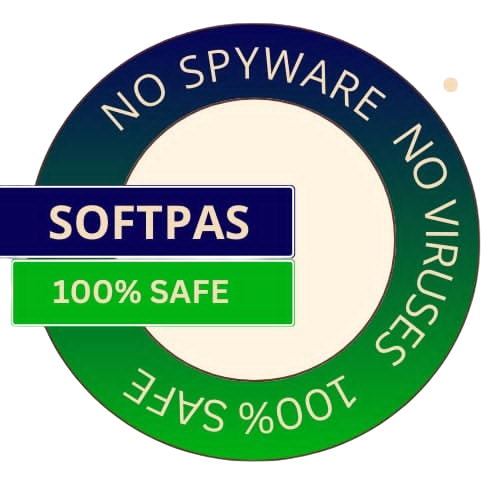
Get the best deals on your favorite games

Developing and compiling applications using platforms that support .NET (for instance, Visual Studio) you surely know that protecting your assemblies, classes and attributes becomes an important aspect that concerns most of the developers.
Before using .NET Reactor you must know which are the main differences between an obfuscator utility and this program. Actually, the obfuscation is the process of making your source code more difficult (though not impossible) for humans to understand.
In such a manner, you can change the meaningful names of classes, methods or variables with devious ones that are confusing and difficult to remember, but have no effect on the .NET Framework interpreter.
Still, when using apps like .NET Reactor, you can wrap your intellectual property in more layers of protection, denying access to your code by creating a native code wall between hackers and your .NET assemblies and producing a file which cannot be understood as CIL (Common Intermediate Language).
Considered the main purpose for which .NET Reactor was designed, the main window is very intuitive and user-friendly. The panel consists of four tabs, namely Files, Settings, License Manager, and .NET Inspector.
That being said, you can add your main assembly and set additional files if you want to protect more than one assembly at the same time by accessing the Files tab, then go to the ‘Actions’ menu and choose the task you want.
By accessing the second tab, you can enable compression, visual styles, target file location, and pre-JIT methods effortlessly.
Navigating to the ‘License Manager’ tab you can distribute your assembly without a license file, provided that you have set ‘Run without license file’ option to True. In case a client purchases a license, you can use this tab to build a license file to unlock your application.
Finally, the last tab, namely ‘.NET Inspector’ displays extractable information from the current assembly.
Advanced license utilities can be accessed from the Tools menu of the application, speaking of ‘License Invalidation Tool’, ‘License Examiner’, or ‘Stack Trace Deobfuscator’.
To sum things up, .NET Reactor provides you with simple and reliable ways to secure .NET applications and libraries, replace CIL code with native code, and protect your revenue by enforcing trial version restrictions to your apps.
Go to the Softpas website, press the 'Downloads' button, and pick the app you want to download and install—easy and fast!

SoftPas is your platform for the latest software and technology news, reviews, and guides. Stay up to date with cutting-edge trends in tech and software development.
Subscribe to newsletter
© Copyright 2024, SoftPas, All Rights Reserved.